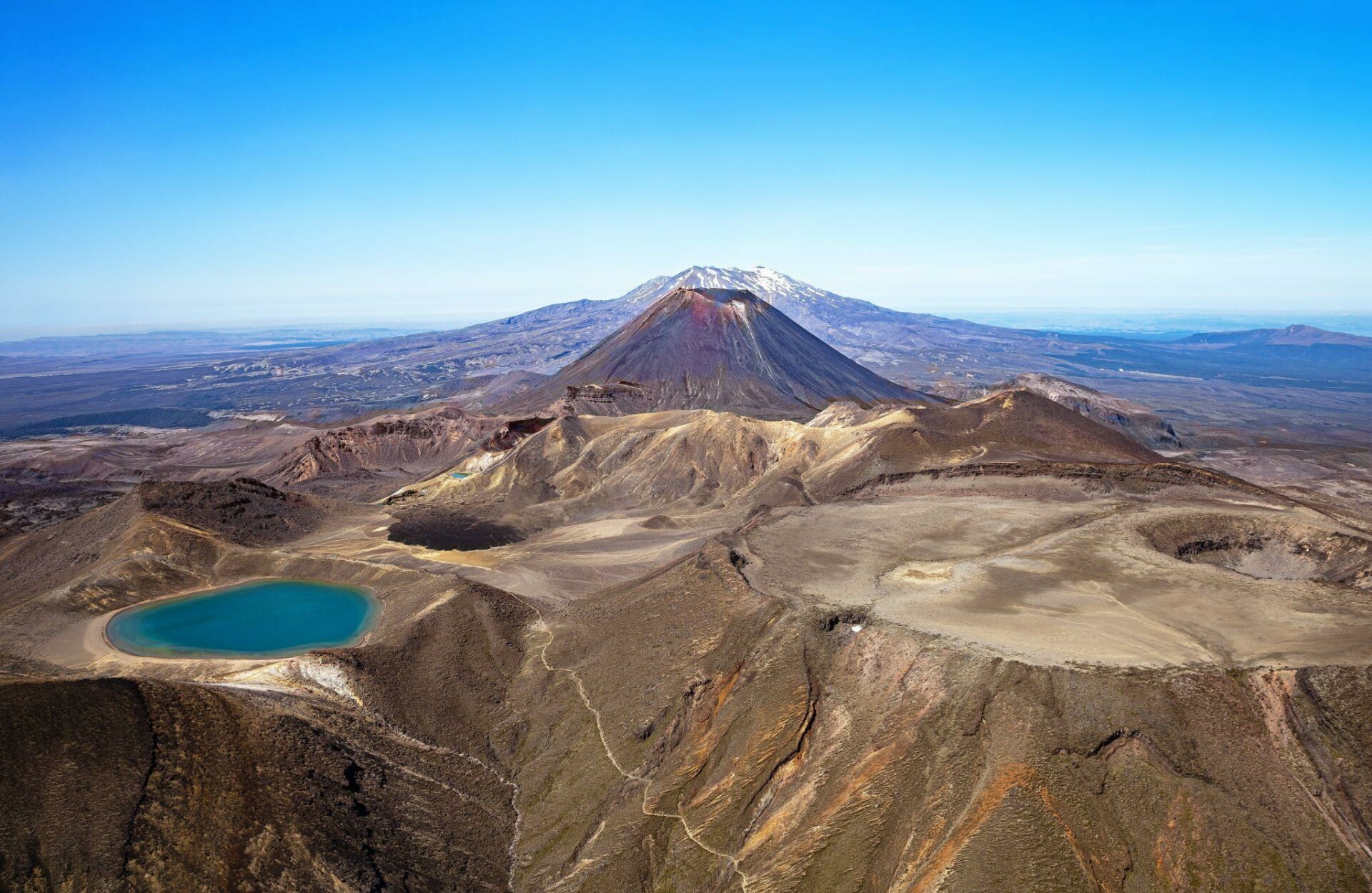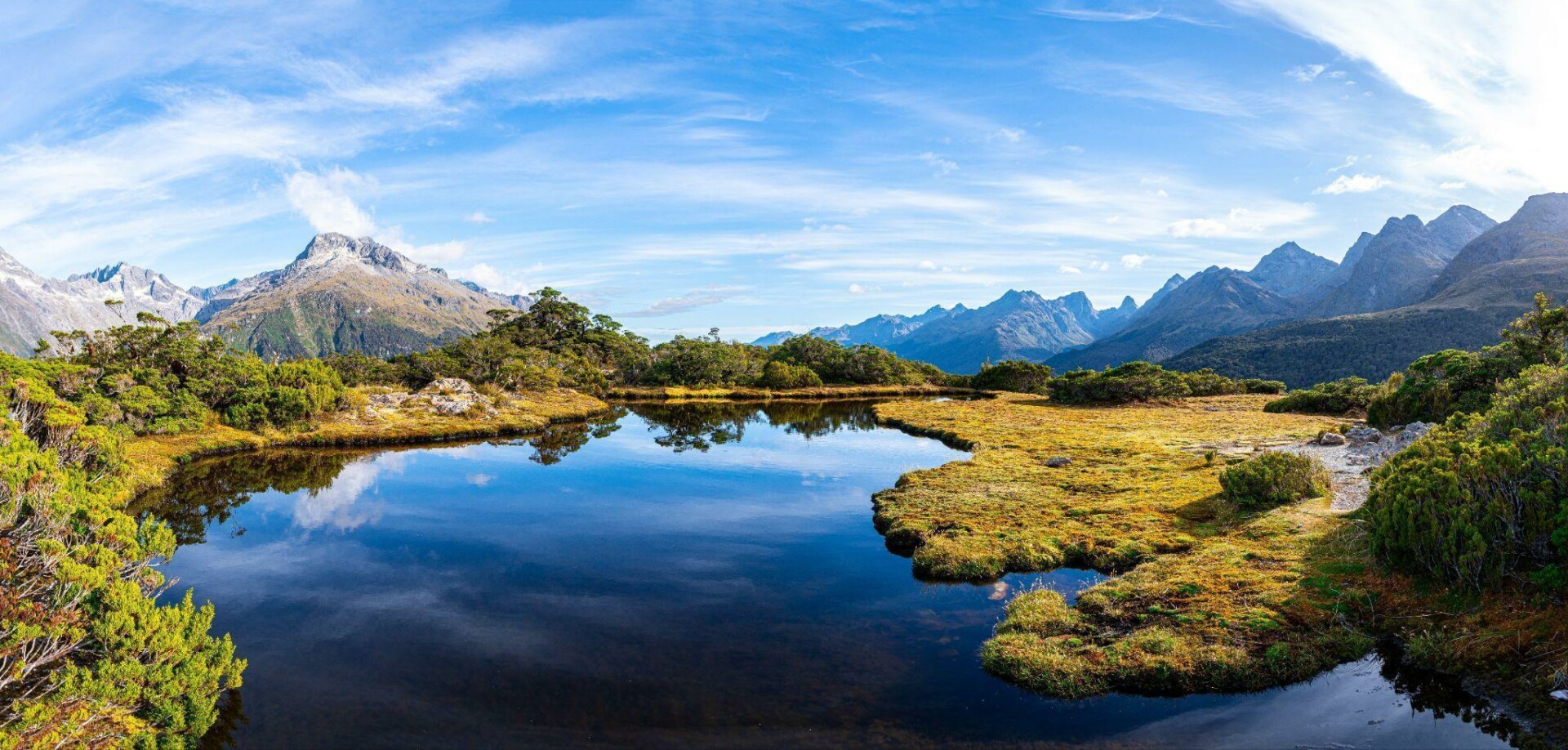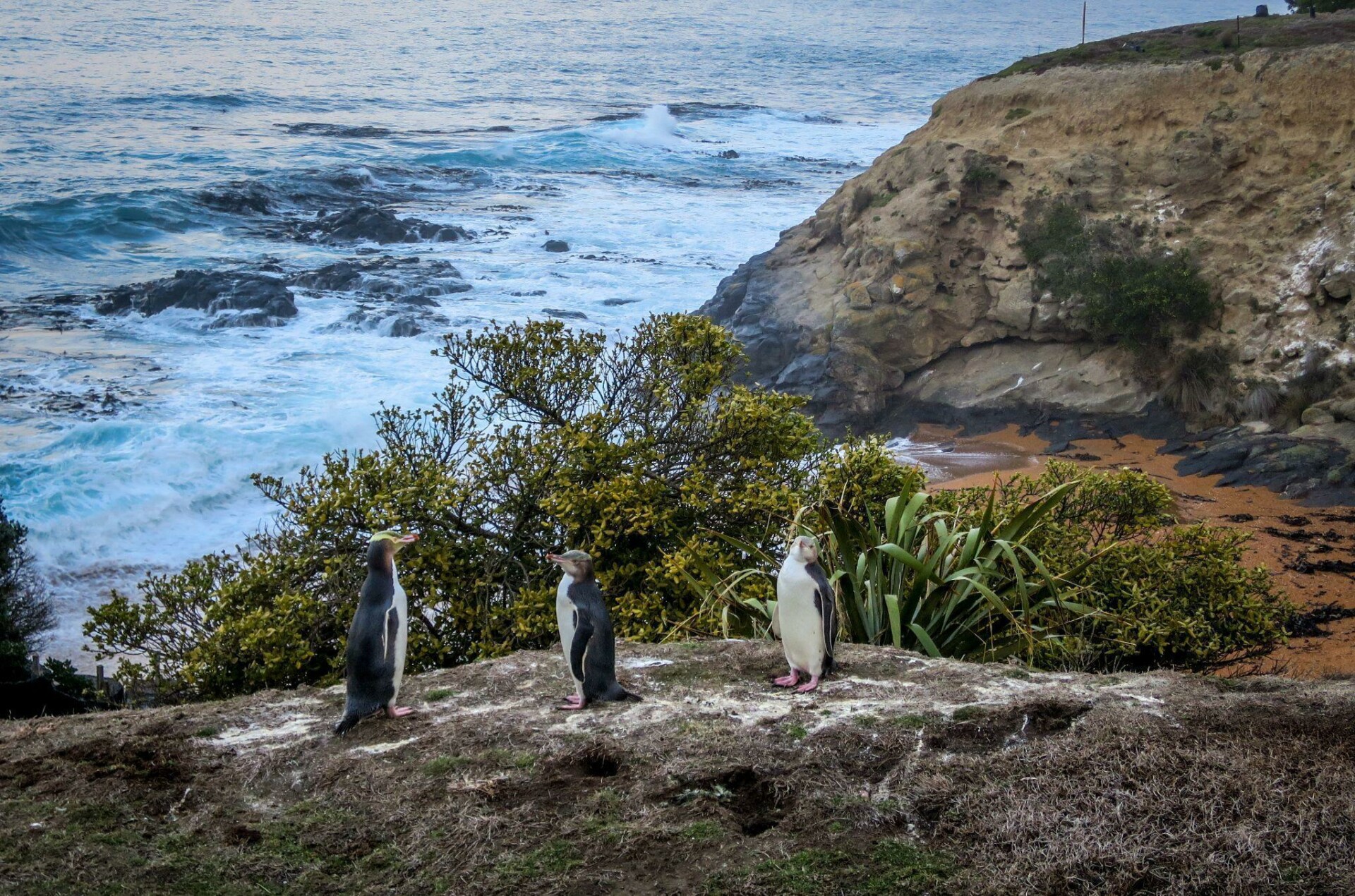New Zealand is a land where wild nature meets ancestral spirituality. With three UNESCO World Heritage sites, the country holds landscapes of extraordinary beauty and ecological value, ranging from sacred active volcanoes and glaciers to Subantarctic Islands. This focus on environmental conservation is now paired with a modern and sustainable vision for development.
Here are some significant examples that explore the most iconic places in New Zealand – some of the most famous and beautiful places in the world.
Tongariro National Park: The UNESCO World Heritage Records and its Active Volcanoes
In the heart of the North Island lies Tongariro National Park, New Zealand’s first national park and one of the first in the world to be recognised by UNESCO for both its natural and cultural significance.
Gifted to the New Zealand people in 1887 by Māori chief Te Heuheu Tukino IV, the park is home to three active volcanoes—Ruapehu, Tongariro, and Ngauruhoe—considered sacred (tapu) by the Māori people. Amid lunar-like landscapes, steaming craters, and emerald lakes, the famous Tongariro Alpine Crossing stands out as a highlight.
Te Wāhipounamu: The Protected Area Sacred To The Māori People
At the southernmost tip of the South Island lies Te Wāhipounamu (“the land of greenstone”), a vast protected area that encompasses four national parks: Fiordland, Mount Aspiring, Aoraki/Mount Cook, and Westland Tai Poutini.
This corner of the world preserves ecosystems that have remained nearly untouched since the time of Gondwana, a supercontinent believed to have existed between approximately 660 and 290 million years ago. The region features glacier-carved fiords, ancient forests, and endemic wildlife such as the kea, the rare takahē, and several species of kiwi. For the Ngāi Tahu tribe, it is sacred land, inhabited by atua (ancestral deities).
Subantarctic Islands: One of the Planet’s Purest Environments
In the far south of the country, in the Southern Ocean, lie five remote archipelagos: Bounty, Antipodes, Snares, Auckland, and Campbell.
Declared a UNESCO World Heritage Site in 1998, these pristine New Zealand islands are home to over 120 bird species, including the royal albatross and the yellow-eyed penguin. Accessible only via specialised expeditions, they represent one of the planet’s purest and most scientifically valuable environments.





